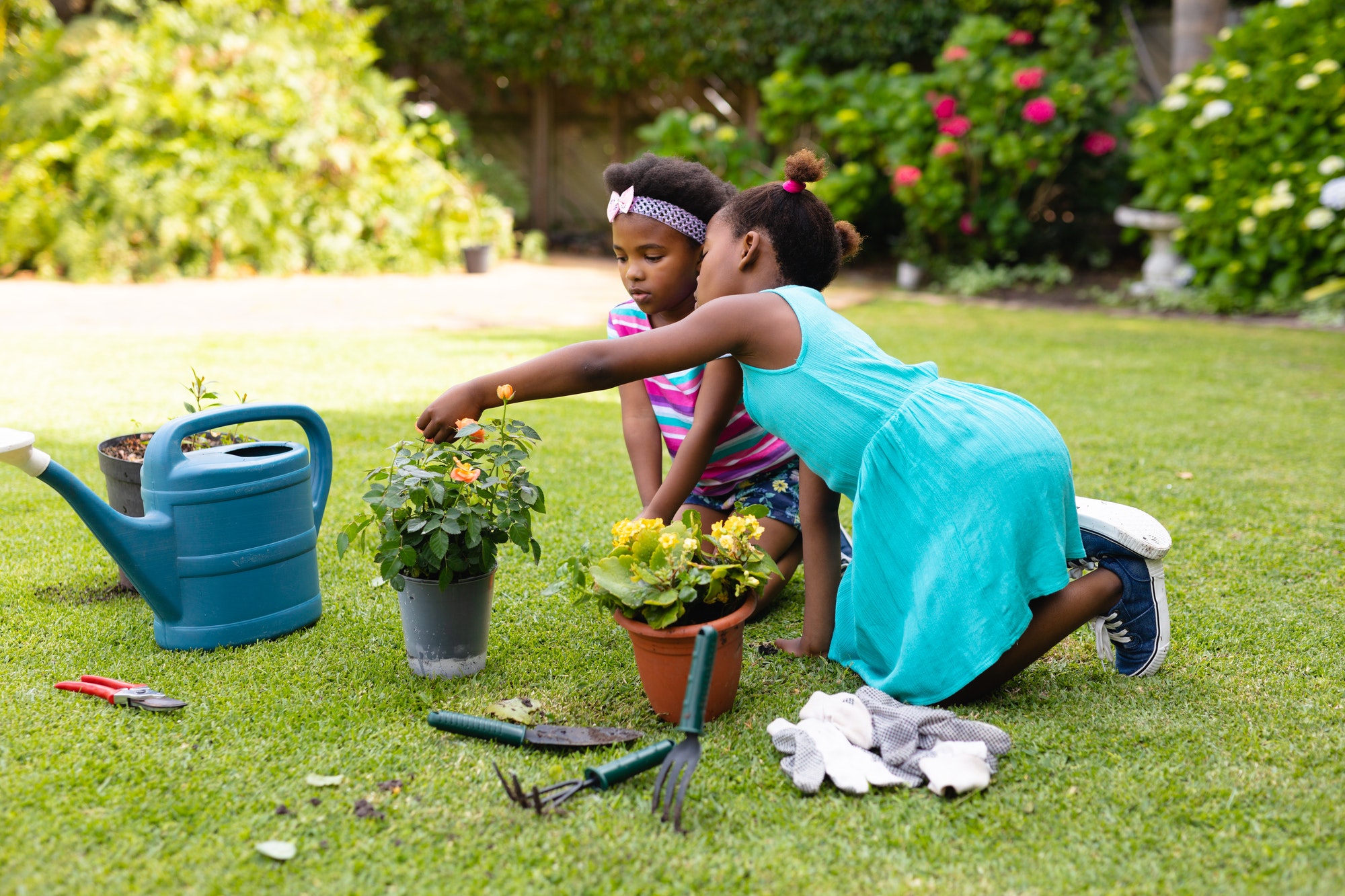The Children, Youth and Environments network is an international, multidisciplinary journal that promotes safe, healthy, and inclusive environments for children. It features peer-reviewed research papers and reports on innovative practice as well as news about children, youth, and their environments. The website also provides a community forum for discussion and resource sharing. There are also regular events and webinars relating to the field. Here are just a few of these resources:
Visiting local farms and farmer’s markets are two excellent places to take your children to learn about food. Visiting farms and markets is also an educational experience that promotes an appreciation for the environment and farmers. And of course, kids will get plenty of exercise in the process! And what’s better than that? Children learn to love food, so they’ll be more likely to eat it, too! And that’s not all. Gardening with children can help them develop their writing and other skills as well.
In addition to developing kids’ writing skills, gardening helps to build their self-esteem and fosters their social skills. By tending to their plants, children learn to take responsibility for their own care. They can even make lists and make checklists for themselves. Kids also practice their fine motor skills while tending to the plants. Sowing seeds, scooping dirt, and watering plants can increase their focus and learning abilities. So, gardening is a great way to spend time with your children!
Gardening allows children to taste different fruits and vegetables and explore the process of sprouting. They can also learn basic science and math concepts. They can even learn about plant growth and needs. The fruits and vegetables they grow in the garden can be eaten straight from the vine or added to soups and sauces. Children are always thrilled to see that first glimpse of green, and gardening is an excellent way to do that. If your children are not yet acquainted with the process, consider letting them help you.
Plants that children enjoy will give them lots of joy and interest. For example, cherry tomatoes will provide a delicious snack and will produce fruit earlier than larger tomatoes. Leaf crops will grow quickly and can be harvested several times. Other vegetables that can be grown include radishes, peas, and carrots. If you want to grow flowering plants, choose quick-blooming annuals like marigold, daisies, or sunflowers.
Gardening allows children to become entrepreneurs and learn important life skills. Many children don’t even know where their food comes from. Creating a market garden allows children to learn to grow and sell food. It is similar to 4-H but with a twist. Starting with the garden planning and the process of selling the produce, children learn to become entrepreneurs and sell the produce they grow. They are also developing critical thinking and responsibility skills. If you are looking for a fun way to spend your spare time with your child, consider creating a youth garden.

